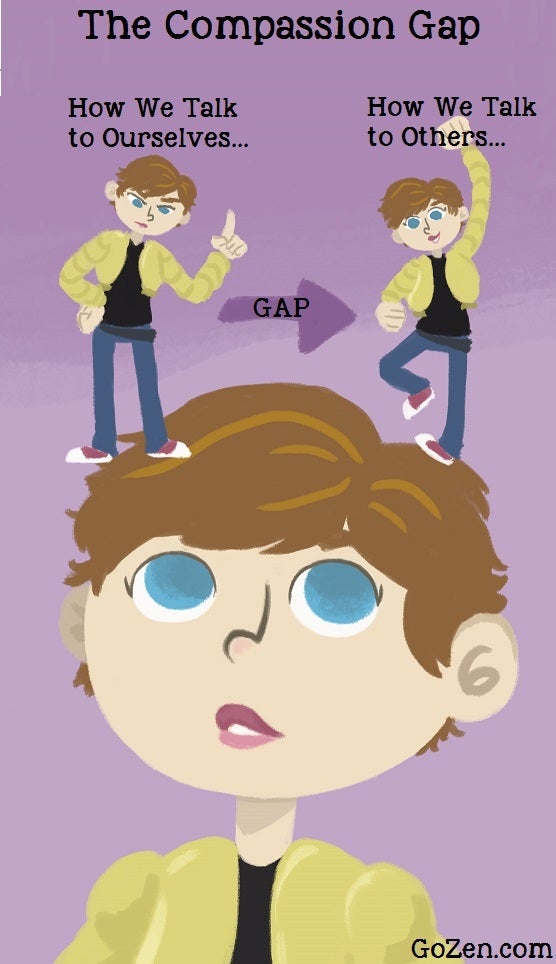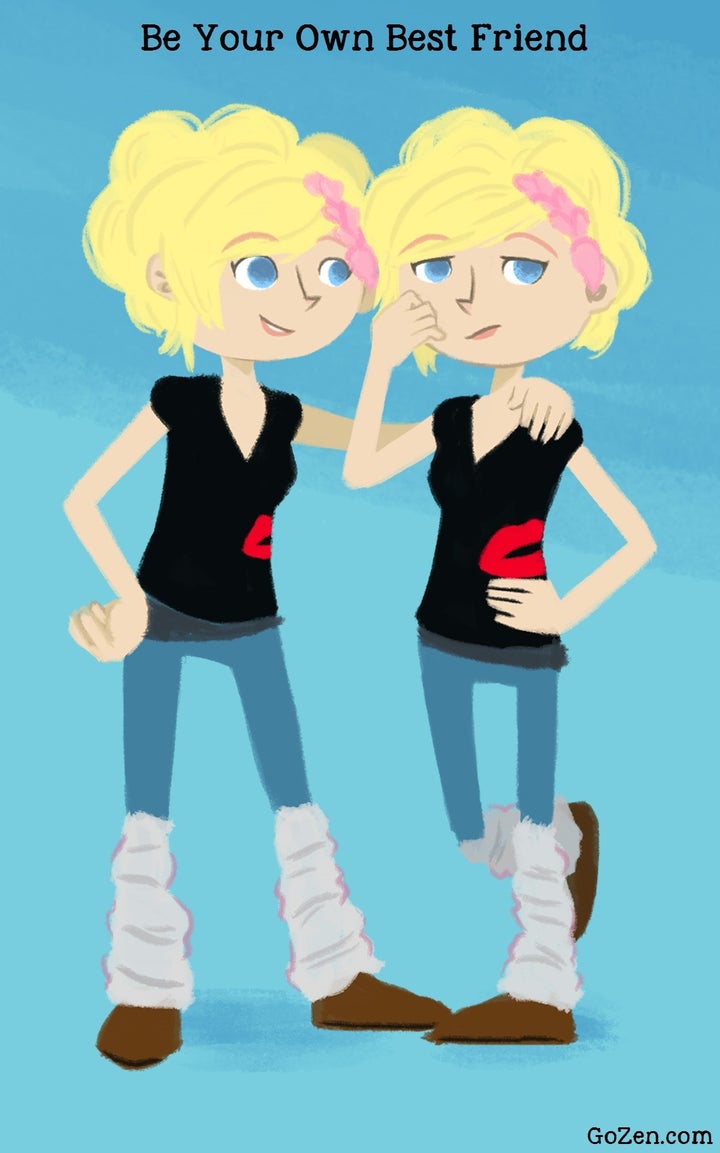
“It’s thin,” she said with a barely perceptible crack in her voice.
I was on the phone with Jilly, my best friend from high school. Her voice always cracked a bit right before she was going to cry.
We’d both been anxiously awaiting responses to the college applications we’d sent out earlier that year. Before the age of e-mail, this meant running to the mailbox every day or even several times a day to see if any letters had arrived.
The funny thing is that you didn’t even have to open the envelope to know what it contained. Rejections were usually sent in thin envelopes with a single page which said something like the college received an exceptional number of applications from qualified students and, unfortunately, they couldn’t accommodate everyone. In contrast, acceptance letters were bigger packages with oodles of welcome information.
Jilly and I had applied to the same schools. We had the same “top pick” school and she had just received her response—the envelope was thin. The news was not good.
We sat in silence for a bit until I heard little the tiniest little whimper. She was crying. My heart sank—I felt her pain. I wanted to ease her heartache. Here’s what I said:
“Jilly, I know how much you wanted this. I’m so sorry. I can’t believe it. But, listen to me, please don’t cry. You applied to five other schools. One of them is going to be lucky enough to have a Jilly on their campus. Jilly, I love you and we’re going to figure this out.”
We talked for hours. Jilly and I worked on a new plan for her where she could even reapply to her first choice after a year at a different school. She felt better, and I felt better knowing my best friend had some relief from her initial disappointment.
All seemed well—that is, until the next day in school. I’d forgotten my lunch money at home, so I called my mom between classes to see if she could drop it off. When I called, she had a strange tone in her voice.
“Renee, you got your response in the mail.”
She didn’t have to say anything else. I knew the envelope was thin. I felt like someone had kicked me in the gut. I told my mom I had to go and hung up. Then slumped against the wall next to the pay phone, I sobbed. And then I berated myself. Here’s what went through my head:
“I do this every time. I never spend enough time proofreading anything. I probably had typos in my essays.”
“I’m such an idiot, how could have thought it was possible to get in there?”
“I should have studied more for the SAT and ACT. I knew I should have taken them one more time.”
“I deserve this.”
Did You Notice the Gap in My Story?
Jilly and I came from similar backgrounds. We were raised in the same neighborhood, had supportive, loving families, went to the same schools, and had a lot of the same values.
So why, when we faced the same challenge, did I speak to her with compassion and to myself with criticism? Why is there such a huge gap in the way we treat ourselves versus how we treat others? I call this the compassion gap. The gap exists in children and adults alike.
In fact, I work with many parents who exhibit inordinate amounts of compassion toward their children, friends, and even strangers in times of need. Yet, when they face their own big challenges, a typical response includes an internal monologue chock-full of criticism.
If we stop to think about it, self-criticism is intuitively self-defeating. Let’s say we’re striving toward a goal such as getting a promotion at work. If we miss the goal and berate ourselves, how do think that affects our motivation?
When faced with a challenge, instead of beating ourselves up, we can choose to close the compassion gap. This means treating ourselves how we treat others in similar situations. In essence, let’s allow ourselves to be human. And let’s model this behavior for our children. Not just because self-compassion feels better than self-criticism, but also because science reveals it’s a far better medium to nurturing resilience and well-being.
The Science of Self-Compassion
The world’s leading expert on the science of self-compassion is researcher Kristen Neff. Neff says, “Instead of mercilessly judging and criticizing yourself for various inadequacies or shortcomings, self-compassion means you are kind and understanding when confronted with personal failings – after all, who ever said you were supposed to be perfect?”
Here are the three main components of Neff’s practice of self-compassion:
- mindfulness
- common humanity
- kindness
Mindfulness is the practice of consciously acknowledging thoughts and feelings without either suppressing or getting carried away with them. An understanding of common humanity involves realizing and accepting that we all have similar feelings, thoughts, and experiences. By acknowledging that our feelings are not unique, we can perceive themselves as part of a larger, interconnected group. And kindness allows us to be sympathetic, both to the needs of others and to our own needs.
Neff’s research shows that nurturing self-compassion can result in the following benefits:
- better emotional coping skills
- less fear of failure
- more curiosity and motivation to learn
- more feelings of connection to others
- less anxiety and depression
How Can We Help Our Kids Close the Compassion Gap?
The next time your child faces a challenge or feels anxious about something, try this role-playing exercise.

Be Your Own Best Friend
- Ask your child to tell you about a recent challenge they went through or are currently experiencing. Let’s say, for example, they say they’re really worried about a science test coming up–they think they might fail.
- Now, grab a stuffed animal to represent your child’s best friend. Tell your child their best friend is going through the exact same issue. For example, you might say, “Let’s pretend this toy is Julie, your best friend. Julie’s really worried because she thinks she’s going to do poorly on the next science test. Can you talk to her to make her feel better?”
- Next, explain to your child that the way they talk to Julie is the same way they need to talk to themselves when they face a challenge. Let them know a great way to do this is by standing in front of a mirror and have a conversation with themselves out loud.
- Have your child stand in front of a mirror and start giving themselves advice. Depending on your child’s age, guide them along and give them suggestions.
It took me many years to align my inner voice with my outer one. Fortunately, with practice, self-compassion becomes second nature.
Have an anxious child? Join us at www.gozen.com and get several FREE animated videos to teach your child how to manage their worry.
This article was originally posted on PsychCentral
Illustration credit: GoZen.com